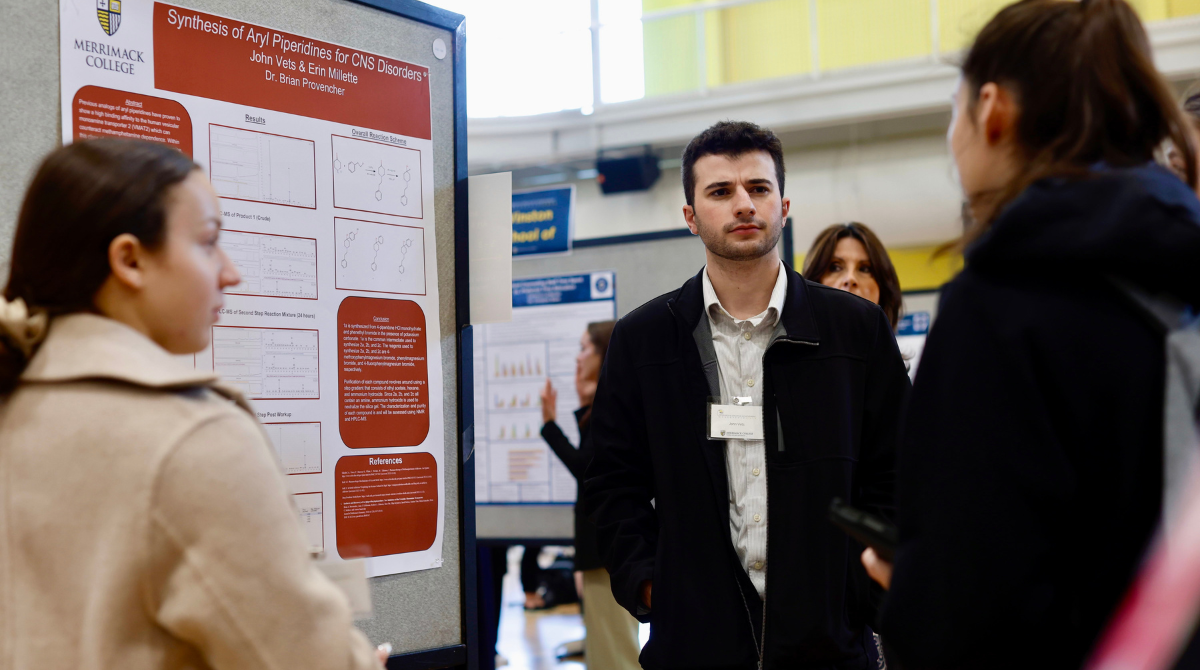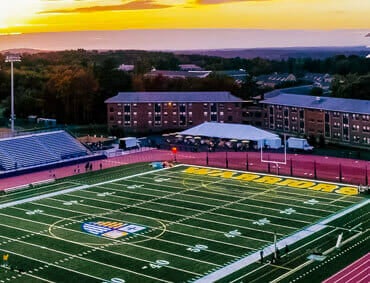Follow These Procedures
In the event of a natural disaster, follow these procedures:
Severe Thunderstorms
Severe thunderstorms are the most likely natural occurrence that could affect the college. To lessen the possibility of injury, the following steps should be followed:
- If you can hear thunder, you are close enough to the storm to be struck by lightning. Go to safe shelter immediately.
- When a storm approaches, find shelter in a building or hard-top car (avoid convertibles). Keep car windows closed.
Tornadoes
It is the responsibility of staff and faculty members to take charge during tornadoes. Be aware that the only alert of a tornado may be your own observations.
- Do not activate fire alarms. No one is to exit the building.
- Do not expect to hear an audible alarm during a tornado.
- If a tornado strikes, go to an interior room (closet, hallway or restroom) away from windows and doors. Instruct occupants to crouch against an interior wall, and to lower and cover their heads with their arms.
- Remain in this area until the tornado has passed or communication from the college is given.
- Evacuate the building when it is safe to do so. When exiting a building, watch for fallen power lines.
- If you smell gas or hear a blowing or hissing noise, open a window and quickly get everyone out of the building. Don’t light a match or lighter.
- Check for injuries. If you are trained, provide first aid to victims until emergency responders arrive.
- Stay out of damaged buildings.
Earthquakes
Because an earthquake generally occurs without warning, ensure that your work environment is earthquake-safe, e.g., do not place heavy objects above where you sit or work. Remain familiar with evacuation routes and alternate evacuation routes in buildings you use frequently. Be aware that emergency lights may be out or your vision may be obscured by heavy smoke or dust.
- If you can safely evacuate the building, direct occupants to move quickly away from buildings, utility poles and other structures. Find a clear spot and drop to the ground. Avoid downed power or utility lines.
- If you cannot get out of the building in time, direct occupants to drop, cover and hold: Drop under a study desk or table, cover your eyes by pressing your face against your arm and hold on.
- If a table or desk is not nearby, instruct occupants to sit on the floor against an interior wall or in an elevator doorway. Have occupants move away from windows, shelves, filing cabinets, bookcases, light fixtures and heavy objects that could fall, tip over or shatter.
- Be prepared for aftershocks, and call ext. 5911 or 978-837-5911.
TO REPORT AN EMERGENCY
On campus
Ext. 5911 (or use RAVE Guardian for instant,
silent text communication)
Off campus
978-837-5911

